What Size Road Bike Do I Need?

What size road bike do I need? Consider factors such as height, weight, and riding style when you are sizing a bike.
How a bike fits you is one of the most important factors to consider when you’re looking for a new bike, and it’s especially important when buying a road bike. Factors such as height, leg length, flexibility, and intended riding style, among others, all can influence the ideal size and fit of a bike for you, so that you can ride in comfort and confidence.
Looking for tips on how to size yourself for another type of bicycle, check out our Choosing a Bike Size 101 article.
Bike Size vs. Bike Fit – What These Terms Mean
A bike’s size is like the size of a shirt – they come in different dimensions for different bodies. A bike fit is the process, and result, of customizing different parts of the bike to fit you specifically. Think of it like this: you can buy a shirt in your size, and then if you want, you can take it to a tailor to get trimmed so that it’s perfect for you. Same idea here.
The vast majority of riders who follow our sizing guidelines will find themselves on a Cannondale that fits them really well. We spend a lot of time making sure our sizing range can accommodate just about anyone in comfort.
Ask your Cannondale dealer to learn more about getting professionally fit to your new ride.
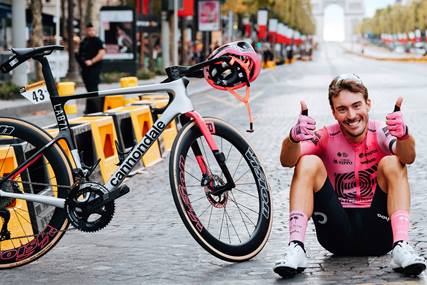
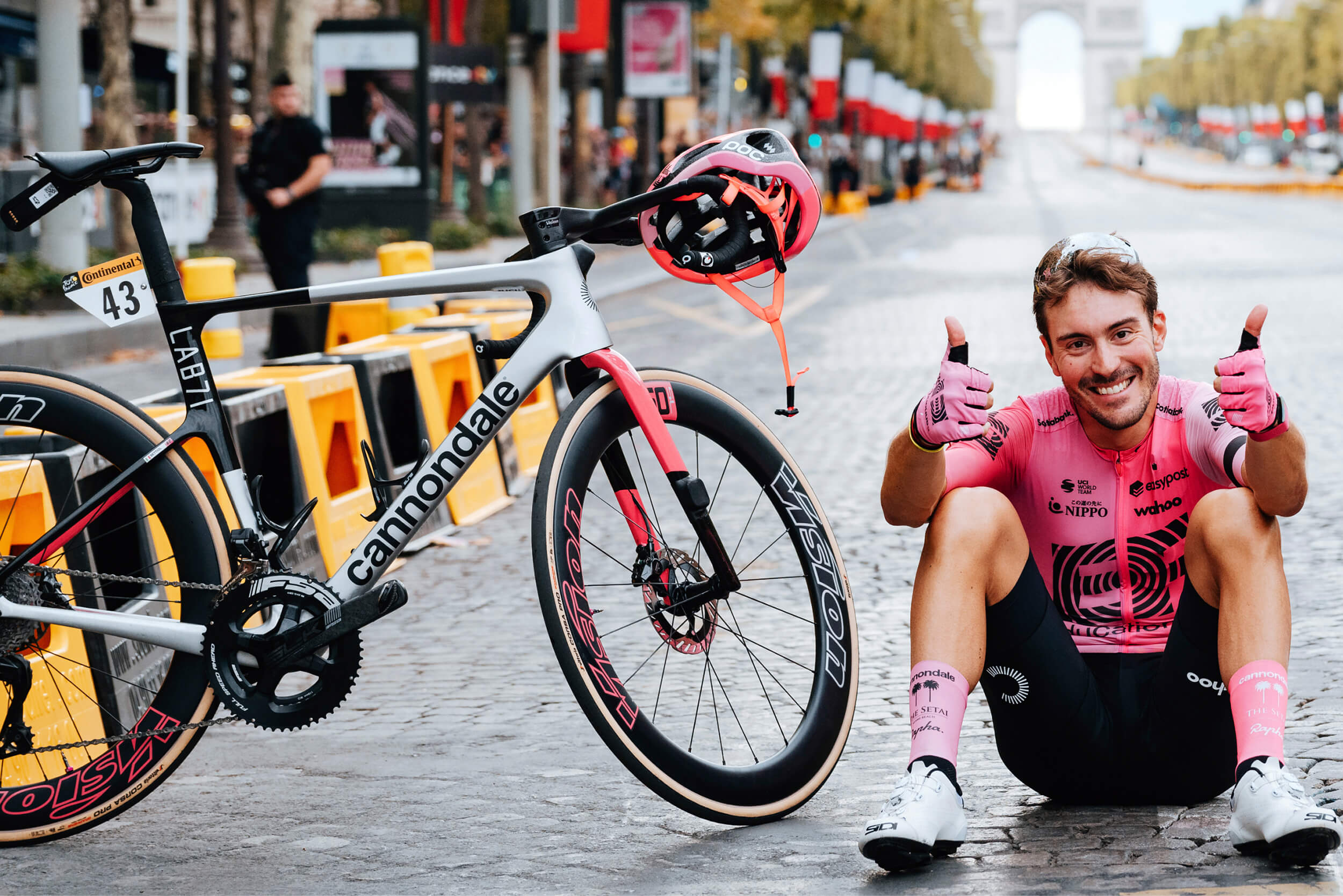
Road Bike Sizing Explained
When you hear someone talk about road bike sizing, it’s important to understand that they are talking about frame size, not wheel or tire size. While kids’ bikes are usually sized according to wheel size, once you move to adult bikes, size references shift to the size of the frame, as wheel sizes are relatively standardized. In fact, nearly every adult road bike, whether it’s a racing bike, an endurance road bike, a cyclocross bike, or a gravel bike, uses one of two wheel sizes –– 700c (28”) or 650b (27.5”). The same holds true for electric road bikes.


Most often, road bike frame sizes are expressed in centimeters (cm). For decades, this number was based on the length of the seat tube where it intersects with the top tube, back when bikes were made from steel tubing that was often simply cut to set lengths before being welded or lugged together. Today, however, that method of labeling a road bike’s size is mostly gone.
Today, most road bikes have what’s called “compact” or “sloping” frame geometry, reflecting modern manufacturing techniques and materials, allowing for more ergonomic frames. As a result, a number given in centimeters on modern bikes is usually arbitrary, reflecting an approximate size. For example, a “56cm” road bike probably doesn’t have any measurement that equals 56cm, but it’s about the size of a 56cm road bike in the older “traditional” sizing.
Cannondale gravel bikes are sized differently than the company’s other road bikes. They use a sizing scheme similar to clothes (XS, S, M, L, XL), which is also similar to how mountain bikes are typically sized. This is primarily due to the heavily sloping top tubes on our gravel and mountain bike frames, which offer more standover clearance than frames with more level top tubes. No matter the sizing scheme, Cannondale usually offers between five and eight sizes in each of its road bike models, designed to fit riders from 5’ (152cm) to more than 6’6” (198cm) tall.
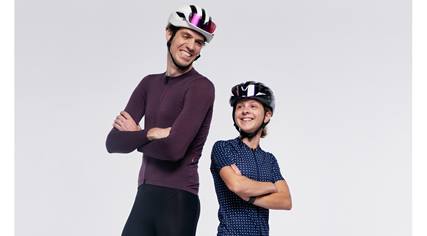

How to Find the Right Size Road Bike for You
While overall height is a factor in sizing a road bike, your leg length, also referred to as inseam, is also crucial. Since you usually should be able to comfortably straddle a bike while standing over it, you’ll want to measure your inseam precisely so you can determine the standover height you’ll need on a bike.
To measure your inseam, stand with your legs 8-10 inches (20-25cm) apart, then measure the distance from the floor to your crotch. Since you need to have clearance between your crotch and the top tube, subtract 1-2 inches (2.5-5cm). To convert inches into centimeters (if you're not using metric measurements), multiply this number by 2.54. Then write it down to remember it.
When you visit the Cannondale website and find a road bike model you’re interested in, scroll down to the “Geometry” section of the page, and look for the “Standover” line in the geometry chart. In theory, your ideal size should be the one that is closest to the standover measurement you took earlier.
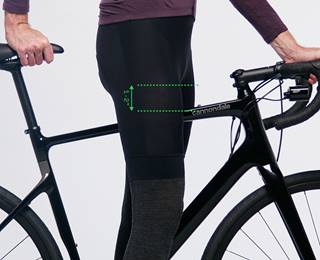
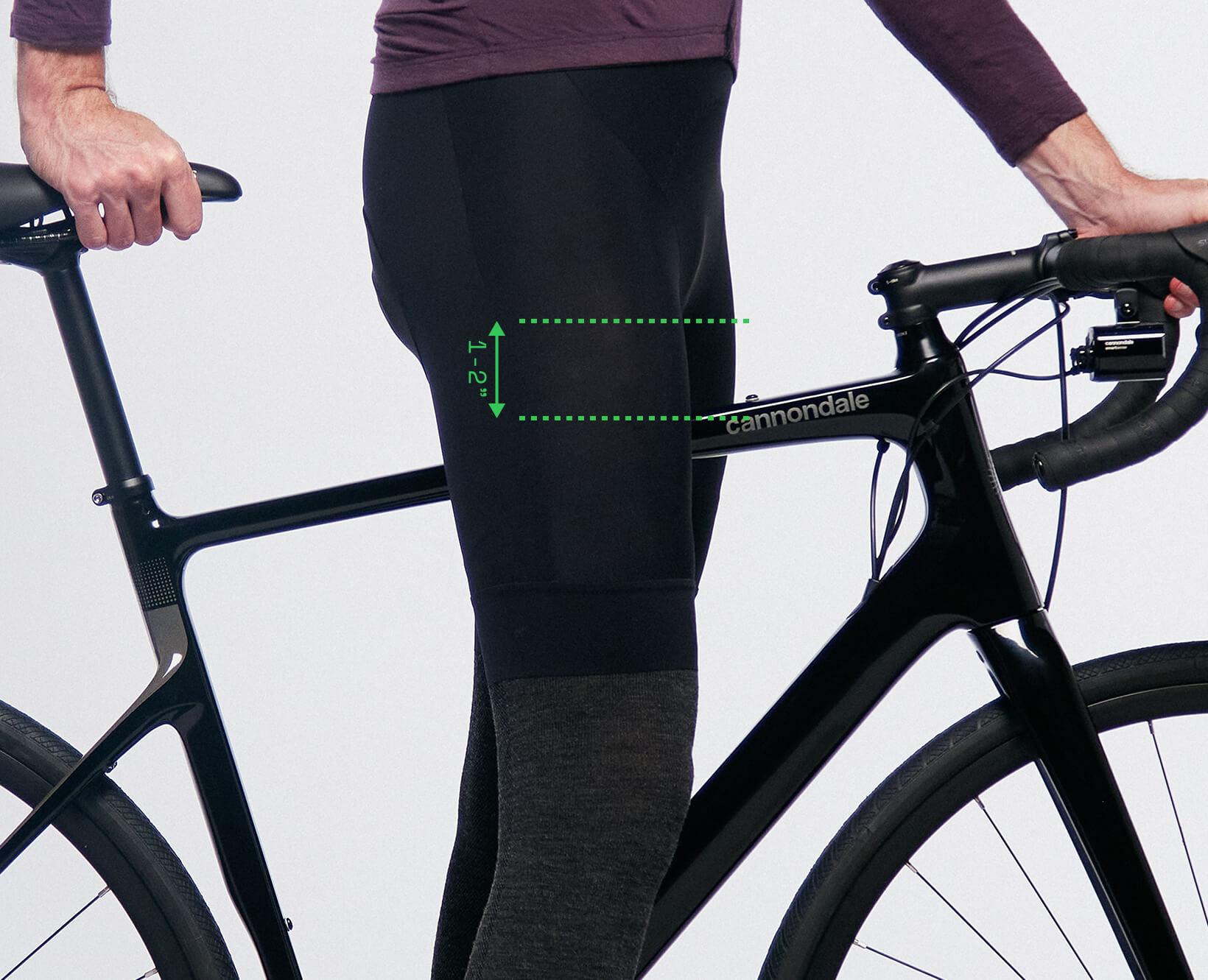
Often, you’ll find that your standover height measurement falls between two models, one smaller and one larger. Several factors can come into play here. If you have a long torso, you’ll perhaps want to choose the larger of the two frame sizes in your range, as the longer top tube will better accommodate your anatomy. On the other hand, if you have a shorter torso, choosing the smaller of the two frame sizes you’re considering might be a better option. Since the smaller frame will also have a shorter top tube, you won’t be too stretched out over the bike.
Arm length may also be considered, and same with one’s relative flexibility. Again, this is where a professional fitter should help you decide. If possible, test ride the two sizes you’re considering, as it will be easier to discern the fit differences when riding them. Start the sizing conversation from there with a professional.


How to Make a New Road Bike Fit You Better
Once you’ve dialed into the right size road bike for you, there are several adjustments you can make to fine tune your fit and optimize your comfort on the bike.
For obvious reasons, saddle adjustment is probably the single most important area to get right when it comes to fitting yourself to the bike. And while virtually everyone knows saddle height is adjustable, some riders neglect the fore/aft positioning of the saddle, which is adjustable by sliding the saddle forward or backward on its rails within the seat head.
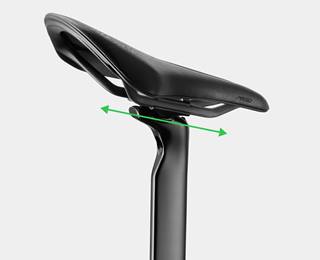

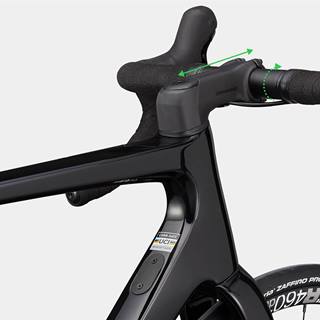

The saddle is often one of the first items riders upgrade. Since every rider’s anatomy is different, finding a seat that’s ideal for your anatomy and the riding that you’re doing can make a big difference in your comfort on the bike.
However, as we mentioned, a proper road bike fitting can be a fairly involved process. We strongly recommend you visit a shop you trust, and talk to professionals about getting a bike fit if you want your Cannondale to feel even better.


Like what you see?
Learn more about the bikes featured in the story above.
Let's find you a bike.
Still not sure which bike is right for you? Use our bike finder.
Go to bike finder